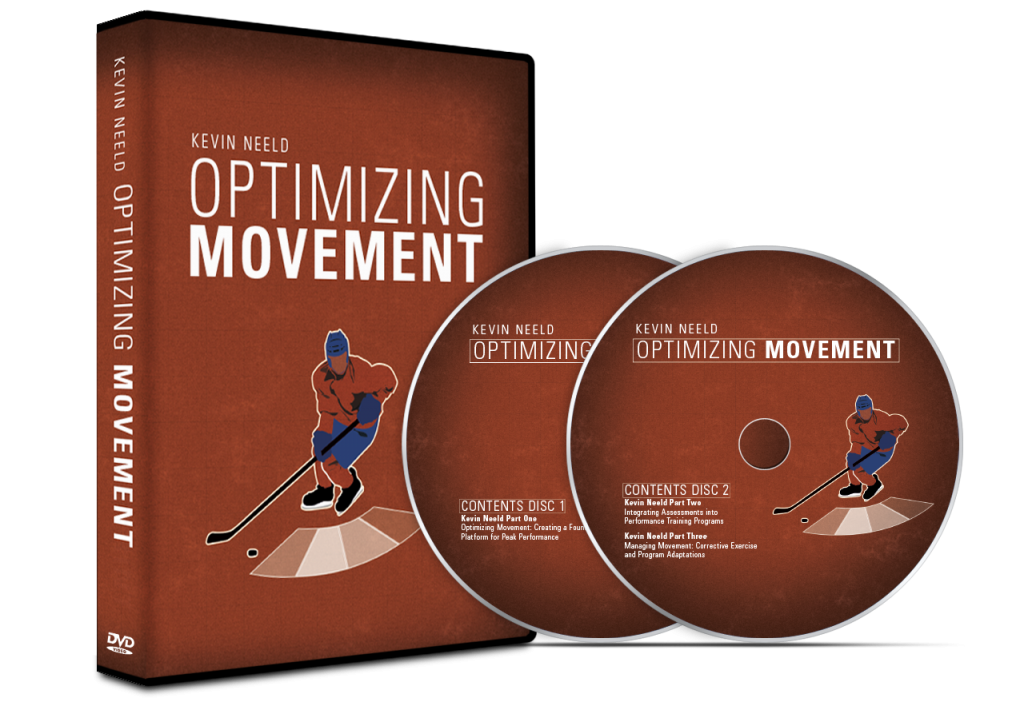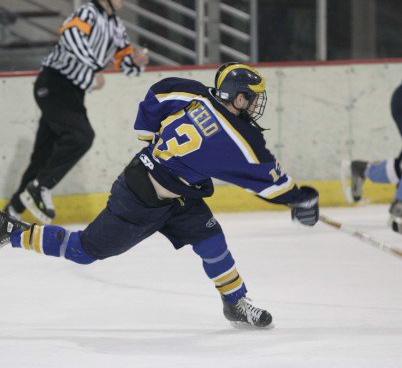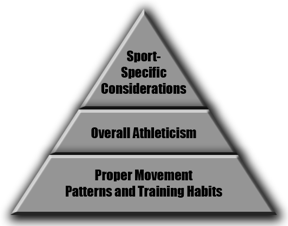With the official release of Optimizing Movement, I want to address several questions I’ve gotten both over the last week and over the last few years pertaining to the importance of maximizing movement quality and capacity. If you have a question not covered here, please post it in the comments section below!

What does “optimal movement” really mean?
Over the last several years I’ve referenced a growing body of research studies on a wide variety of populations that indicate that both athletic and non-athletic populations alike have an array of structural deviations and sub-clinical pathologies. Some are in pain; some are not. In other words, some may have issues that come to you as a red flag; others may not be aware of it at all (yet). Likewise, the Postural Restoration Institute has done an outstanding job of highlighting some of the structural and functional asymmetries that are present in all humans and how these may predispose different populations to specific injuries. Naturally, people also adapt to the stresses they DO or DON’T place upon themselves. These are small examples, but the big picture is that people are born with different structures and their structures adapt/change differently over time. Optimal movement starts by understanding the individual’s structural capacity. From here, the goal is to discover if the individual has limitations or imbalances WITHIN their maximum capacity, and then further prioritize which order to address these limitations depending on what the demands of the individual’s sport/activity are. Simply, the word “optimal” means allowing an individual to express their full movement capacity based on their structure.
How does optimal movement affect sports performance?
This is a bit of a loaded question and one that could be the subject of a book series. In short, there are three major buckets in which movement capacity can influence sports performance:
When a joint doesn’t possess sufficient range of motion or isn’t positioned optimally at any given time, another joint (frequently an adjacent one) will need to pick up the slack in terms of both providing the necessary motion to allow a certain movement, and in helping to produce or reduce/absorb the force that the other joint could not. As you can imagine, while this system allows the execution of some version of the intended movement, it certainly isn’t a very efficient system. Movement efficiency can influence both local (at a specific muscle or structure) and global (the entire system) conditioning/endurance, and may therefore impact how an athlete performs both at the end of a competition, AND at the end of the season.
Movement capacity can heavily influence skill performance. As a simple example, when a hockey player takes a slapshot, the movement necessitates internal rotation on the front hip, in this case the left. If the player doesn’t have sufficient left hip internal rotation (EXTREMELY COMMON!), they won’t have as large of an arc to produce force, they’ll lose some of their ability to use their glute to decelerate the movement, and they’ll need to compensate by both moving excessively at a neighboring joint (in this case probably more of a lateral bend and rotation of the spine/rib cage), and by excessively loading additional musculature to decelerate the movement. Tying this in to the third point, this environment can lead to breakdowns in a number of fairly predictable places: lumbar disc or spinal fractures, oblique strains and lower abdominal tears (e.g. sports hernias), anterior superior hip labral tears (the lack of IR on the lead leg will cause compensatory movement within the joint). This is a hockey example, but this can be paralleled to any high velocity rotational sport, such as baseball and golf, among others.

I just assume this went bar down?
While I presented these as three distinct issues, I don’t feel they can really be separated. I can’t imagine a situation where an athlete has a mobility limitation that impairs their skill expression and increases their injury risk, but improves their economy/conditioning. To me, it always comes back to the Athletic Performance Pyramid idea; the larger the foundation, the higher the peak.

Optimizing Movement is all about building a larger foundation, so the athlete can fulfill his/her TRUE athletic potential.
What if I don’t have time for assessments?
If you don’t have time, I’d suggest making time. Always think “how”, and not “if”. That said, I understand that some folks are in really tough situations and don’t have the flexibility to even determine where their time is spent with a team or client. In this case, I’d suggest looking for a new job! But in all seriousness, I get it. If you are an astute observer of movement, you can pick up on a lot just by watching your athletes/clients move. As I discuss in the DVD, a corrective approach isn’t just about corrective exercise. When you learn what to look for and have a system set up to address limitations when you see them, you can take a huge step in the right direction without including formal assessments. This is a major topic of Optimizing Movement and one that I think will resonate with just about everyone in the training and rehabilitation professions.
Is Optimizing Movement an ACTUAL DVD or just streamed online?
Optimizing Movement is a 2-DVD set. After you order, the DVDs will be shipped directly to the address you specify. In addition to the U.S. and Canada, the DVDs can be shipped to Australia, Asia, Europe, the United Kingdom, and Ireland. If you’re in an area where shipping isn’t currently available and would like to buy the DVDs, just drop me a note below and we’ll work it out. If you’re in a sunny area, I may even deliver them myself.
What if I don’t like it?
I can’t imagine that will happen. I sent an advance copy to a D1 Hockey S&C Coach, and he emailed me back with “Just finished the first DVD. Hands down the best DVD I’ve ever watched.” The information has been very well received and I know you’ll love it too! That said, I understand there may be a person or two out there that are offended I’m wearing a Flyers hat the whole DVD and will want to return it. The DVDs are backed by a 60-day 100% no risk, no questions asked money back guarantee. Simply return the DVDs and you’ll be issued a full refund.
That’s a wrap! As I mentioned above, if you have a question that wasn’t addressed above, please post it in the comments section below!
To your success,
Kevin Neeld
OptimizingMovement.com
UltimateHockeyTraining.com
Please enter your first name and email below to sign up for my FREE Athletic Development and Hockey Training Newsletter!